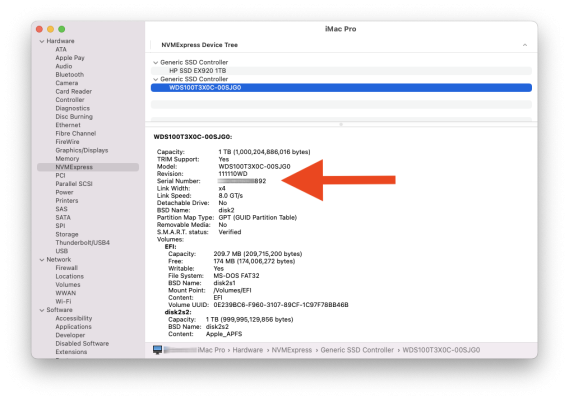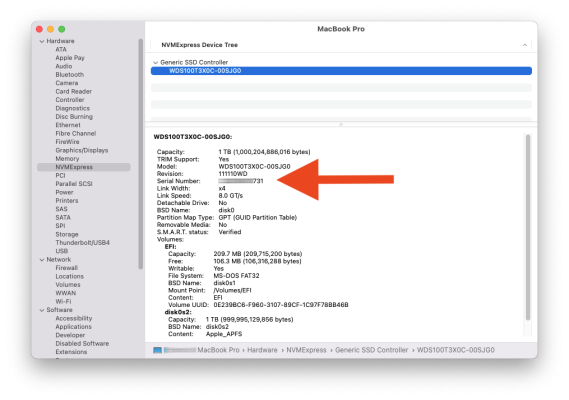AI mentioned a serialization tool that only Apple techs have. Not sure how that works but it may be the reason end users can't do it. This is what a former Apple authorized tech said on iFixit about logic board serial numbers in 2020. GSX is short for "Global Service Exchange."
"About 4 years ago i was Apple authorized, and every logic board we replaced needed to be serialized. The software to do this is proprietary. It is contained in the Dealer software called GSX. After the repair has been completed, the repaired computer is connected to the dealer network via an Ethernet cable, GSX is loaded, and the serial number is entered. Then the GSX serializer writes the serial number to the board. You only get one chance to do this right. If you make a mistake, the board must be returned to Apple because there is no function to erase an incorrect serial number. Therefore if you purchase a used logic board, it will most likely already have a serial number on it, and there is no way to change it, unless you are an Apple authorized tech."


